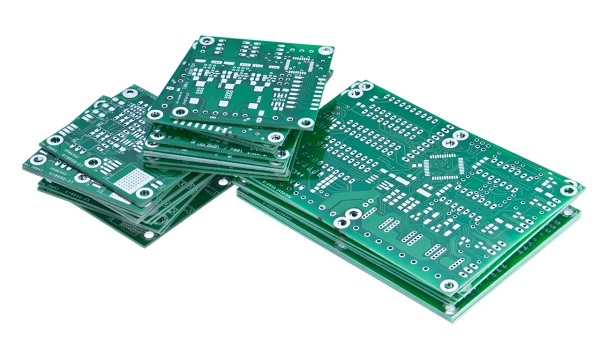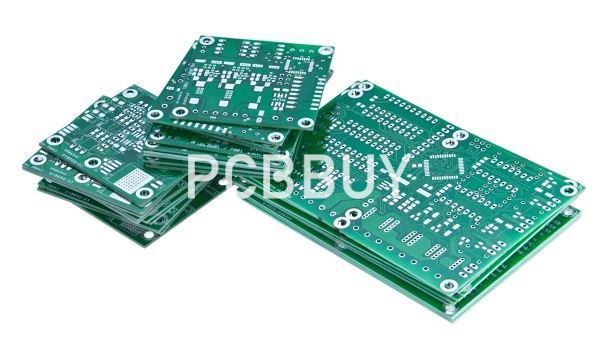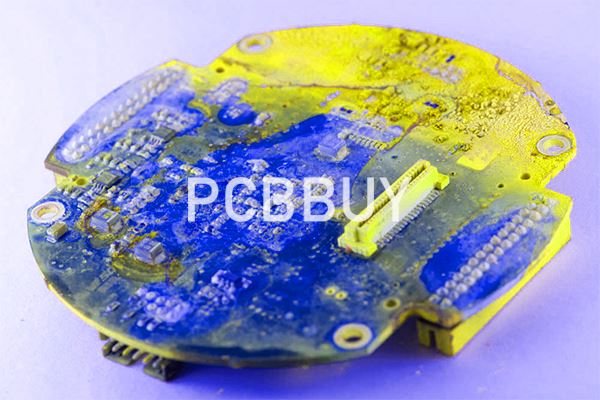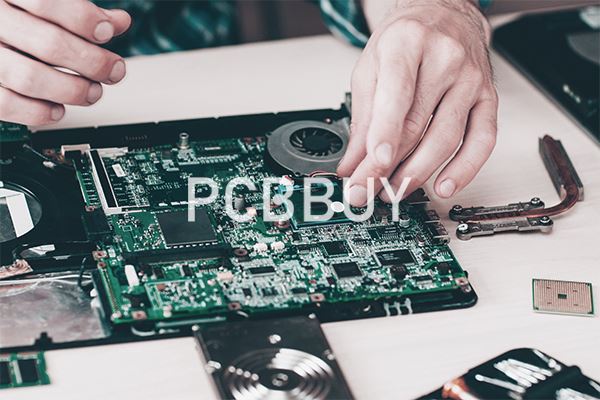What is PTH and NPTH in PCB with Basic Information ?
By:#PCBBUY 04/12/2022 10:42

NPTH (Non Plating Through Hole) refers to a hole without copper in the borehole wall. It is generally used as the positioning hole and screw hole of PCB. The hole diameter is usually larger than PTH. PTH (Plating Through Hole), the borehole wall has a layer of copper, the PTH holes on PCB has two purposes: Used as component hole for welding DIP components, the hole diameter must be larger than the pin of the component, so that the component can be inserted in the PTH.
Another relatively small PTH (Plating Through Hole), also known as “Via”, can be used to connect and conduct wiring between different layers in PCB.
Are you a beginner of PCB world? If you are going to learn the details about c, please check and read the content below in this passage.

How a hole is considered a PTH?
It’s simple and straightforward. The pad’s copper along with the solder stop mask should overlay and be larger than the hole/slot with minimum 6 mil in width. Here are some examples for PTHs.
If you are drawing a footprint for a part in the library editor, you can add a pad with a ‘long’ shape in the desired size, then insert the milling slot in layer 46. Otherwise, you can add the slot to an existing part’s pad, also in layer 46, using the layout editor. Keep in mind that you can draw irregular shapes using the polygon tool in layer 17, but be careful to add solder stop mask (in the top and bottom layer: tStop/bStop) to the generated shape. There is no need to do so in the case of adding a regular pad using Eagle’s pad tool since the solder stop mask is added automatically.
How a hole is considered as a NPTH?
In general, any hole/slot with properties that don’t meet the previous PTH conditions will be considered an NPTH. To be more specific, a set of conditions can be defined:
Pad’s copper size is smaller than the hole, or even no copper at all.
Pad’s copper overlays and is larger than the hole but there is a 6 mil space of clearance between the copper and the hole.

How to process PTH in PCB?
TH or Plated-Through-Hole PCBs are ones in which the leads (or legs) of electronics components are inserted into designated ‘holes’ in the printed circuit board. These are soldered into place using a number of soldering techniques such as using a hand solder, selective soldering, wave solder, or intrusive reflow process. This entire process is called conventional assembly. Soldering forms very strong joints as the component are soldered completely through the PCB and not just onto the surface of the PCB like Surface Mount Technology (SMT) components.
The components inserted in a PTH PCB are done through these automated processes:
· Radial insertion (electrolytic capacitors),
· Axial insertion (resistors and diodes),
· Odd form insertion (connectors, transformers, etc.) or
· Manually (by hand.)
PTH Vs. NPTH
PCB pads are the exposed metals on the substrate where the component lead is soldered. Multiple pads are used synchronously to create a land pattern (component footprint) on the PCB. Pads can be through-hole ones or surface mount pads. A hole is considered PTH if its pad has copper along with the solder stop mask. This should be larger than the hole/slot with a minimum of 6 mils in width and be overlaid.
Holes in which the pad’s copper size is smaller than the hole or if there is no copper at all are NPTH. Also, even if the pad’s copper is overlaid or larger than the hole, there will be a six mil space of clearance between the copper and the hole.
The manufacturing process of NPTH is simpler, hence quicker. They are most used (but not always) as Tooling/Mounting holes to fix the PCB to its operational location.

Land Patterns and Component Footprints
The most important part of printed circuit boards is their circuits that interconnect electronic components. Most of the time, components are soldered to PCBs, but soldering can only be done under conducive conditions in order to be effective. The leads of a component must have a consistent electrical and mechanical connection to the etched copper traces.
Also, each component must have a footprint or land pattern. This footprint is how the pads are arranged in through-hole technology or surface-mount technology and are used to attach and electrically connect components to the PCB physically. The component’s land pattern is the etched copper features that matches the leads of the component. These land patterns are normally made slightly larger than component leads to allow soldering space.
Since most PCBs are double sided, or multi-layered, it requires plating of the Through Holes are plated, so that components can connect with each other and with required layers in the board.
Industry Category











